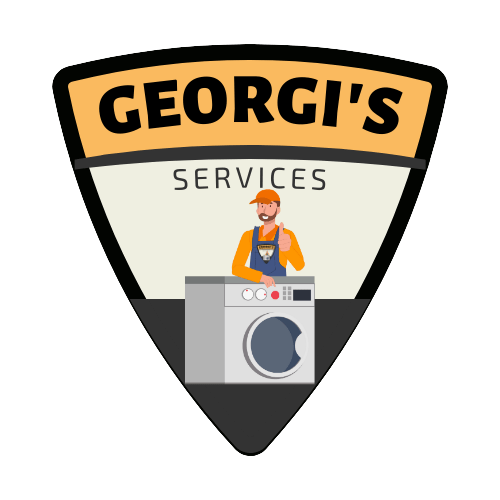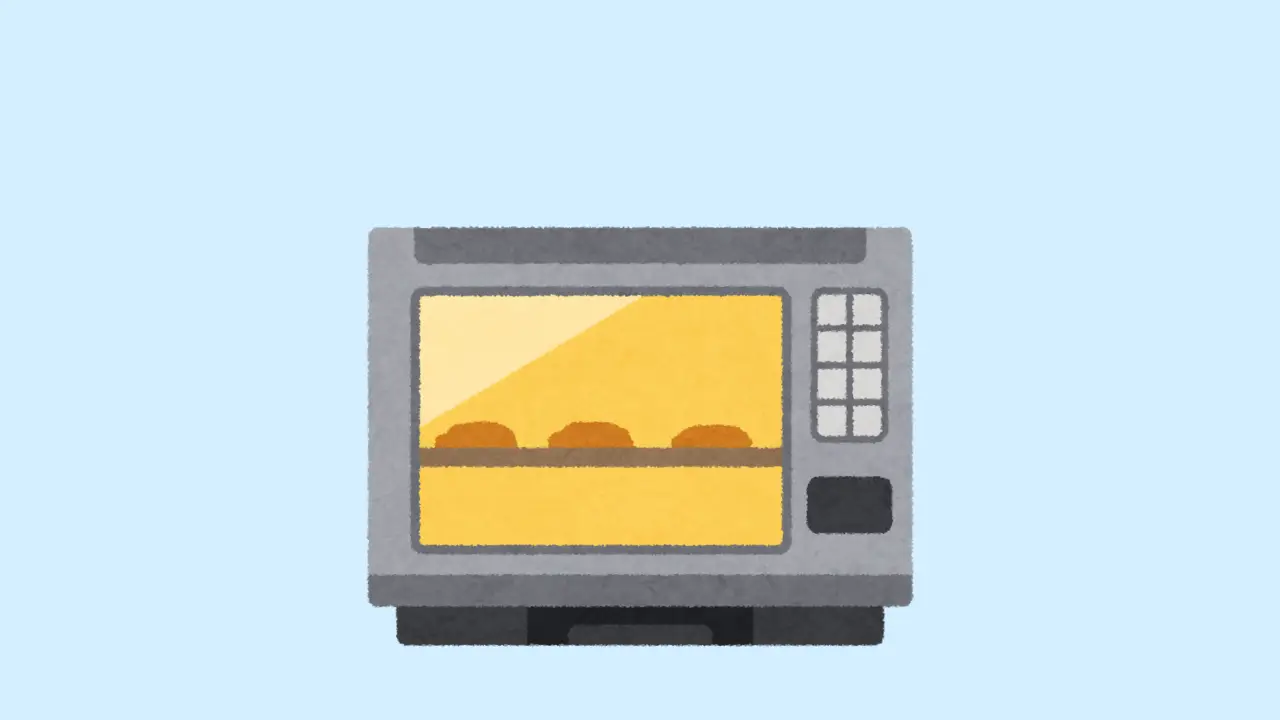Well, it’s that time of the year again.
You’ve turned your oven on to cook that delicious family dinner and you notice that the appliance is just not working properly.
Whether your oven isn’t heating, tripping the fuse box, or simply not turning on at all – the only thing you can do is resort to the internet and look for assistance.
This guide will offer six practical methods to help you fix your oven at home without professional assistance.
Let’s get started.
How To Fix Your Oven At Home: 6 Realistic Tips
1. Check The Power Supply
Even though it seems like a no-brainer approach, sometimes, the problem lies in the power supply of your oven.
If your oven isn’t turning on at all, the first thing you should do is check if it’s properly plugged in.
Here’s what you can do:
- Inspect the Outlet: Make sure the outlet is working by plugging in another appliance. If the outlet isn’t working, check your circuit breaker or fuse box.
- Reset the Circuit Breaker: If the circuit breaker has tripped, reset it and see if that restores power to your oven.
- Check the Cord: Sometimes, the power cord might get damaged or worn out. Inspect the cord for any visible signs of wear and tear.
Ensuring your oven is receiving power is a basic but crucial first step.
2. Replace Faulty Heating Elements
Your oven consists of a heating element that heats up as you regulate the power supply in your appliance.
If your oven is turning on but not heating up properly, the problem could be with the heating elements.
Ovens typically have two heating elements:
- one for baking (at the bottom),
- one for broiling (at the top).
Here’s how you can check and replace them:
- Turn Off the Power: For safety, make sure the oven is unplugged or the circuit breaker is turned off.
- Locate the Elements: The heating elements are usually at the top and bottom of the oven.
- Inspect for Damage: Look for visible signs of damage like burns or breaks.
- Test the Elements: If you have a multimeter, you can test the elements for continuity. No continuity means the element is faulty.
- Replace the Element: If an element is faulty, you can purchase a replacement and install it yourself. This usually involves unscrewing the old element and screwing in the new one.
3. Calibrate The Oven Temperature
Sometimes, your oven might be heating, but not to the correct temperature.
If you notice your food is consistently undercooked or overcooked, your oven might need calibration.
Here’s a simple way to check and calibrate your oven:
- Get an Oven Thermometer: Place an oven thermometer inside and preheat the oven to a set temperature, like 350°F.
- Compare Temperatures: After the oven is preheated, check the thermometer. If it doesn’t match the set temperature, note the difference.
- Adjust the Temperature Dial: Refer to your oven’s manual for instructions on how to adjust the temperature dial. This usually involves turning a screw behind the dial.
Calibrating your oven ensures accurate cooking temperatures. This will ensure that your food cooks the exact way you want it to.
4. Clean The Oven
An oven with food residue or liquids accumulated at the bottom could not only lead to uneven cooking but also pose a risk of being a fire hazard.
Regular cleaning is essential to maintain your oven’s performance.
Here’s a simple way to clean your oven:
- Remove Racks: Take out the oven racks and soak them in warm, soapy water.
- Use a Homemade Cleaner: Make a paste with baking soda and water, then spread it all over the oven’s interior. Let it sit overnight.
- Scrub and Rinse: The next day, use a damp cloth to wipe out the paste. For stubborn spots, a bit of vinegar can help with the scrubbing.
- Clean the Racks: Scrub the oven racks clean and replace them in the oven.
5. Check The Door Seal
The oven door seal, or gasket, ensures that heat stays inside the oven.
If your oven is taking too long to cook or you feel heat escaping from the door, the gasket might be worn out.
Here’s how to check and replace it:
- Inspect the Gasket: Look around the oven door for any cracks, tears, or wear in the gasket.
- Test the Seal: Close the oven door and see if it feels snug. A loose seal indicates a problem.
- Replace the Gasket: If the gasket is damaged, you can order a replacement from the manufacturer. Installation is usually straightforward, involving removing the old gasket and snapping the new one into place.
A good seal ensures your oven heats efficiently and evenly.
6. Test The Thermostat
If your oven heats inconsistently or seems to have a mind of its own, the thermostat might be the issue.
The thermostat controls the temperature inside the oven. Here’s how to test it:
- Use a Multimeter: If you have a multimeter, you can test the thermostat for continuity. No continuity means the thermostat is faulty.
- Replace the Thermostat: If the thermostat is broken, you can replace it. This typically involves unscrewing the old thermostat, disconnecting it from the wiring, and connecting a new one.
Testing and replacing the thermostat can resolve heating issues and ensure your oven operates at the correct temperature.
Conclusion
Most DIY hacks would be enough to fix most basic problems that your oven or other appliances may run into.
However, always prioritise safety.
If you’re ever unsure or uncomfortable with a repair, it’s best to call a professional to fix your oven.
And if you’re around London, give Georgi’s Services a call and we will be at your assistance.
To make an inquiry about a product or repair, you can reach us via call or contact us via email.
We recommend checking out our pricing too, so that you can get an idea of possible costs to repair your product.

